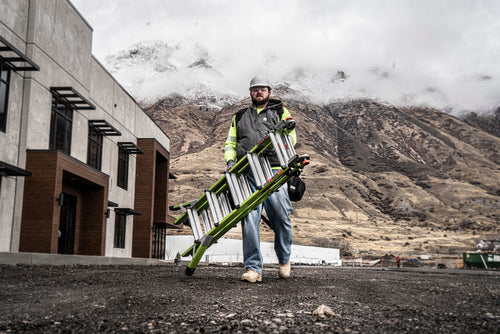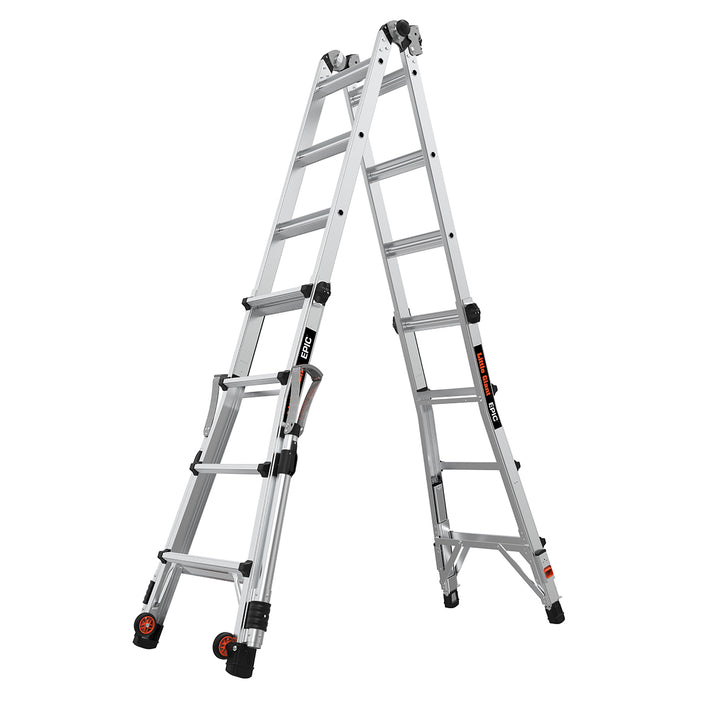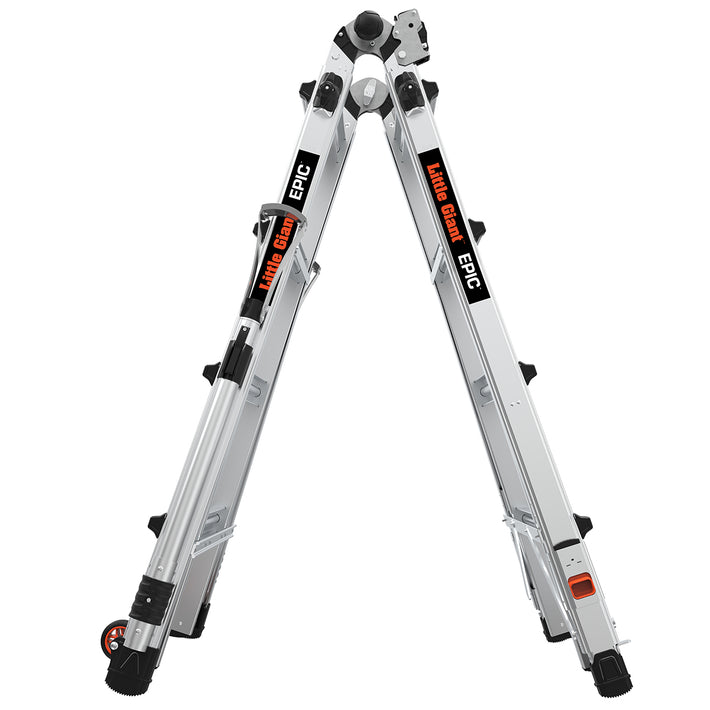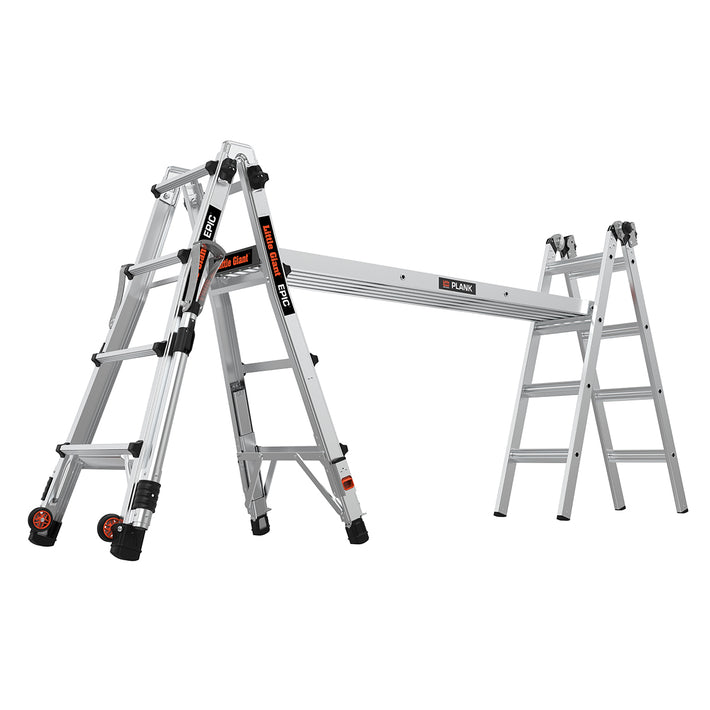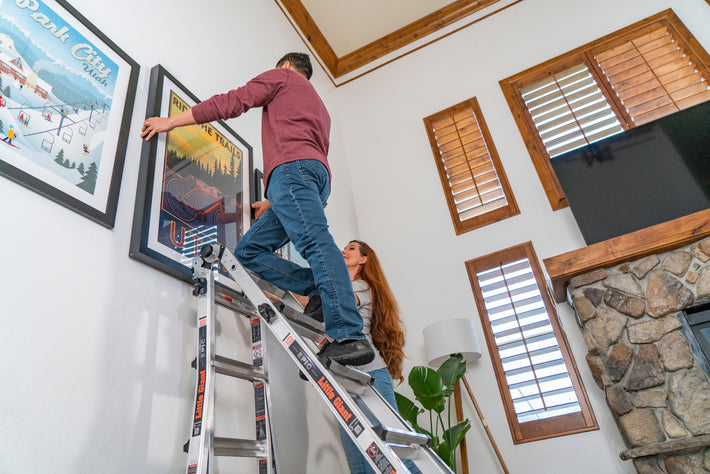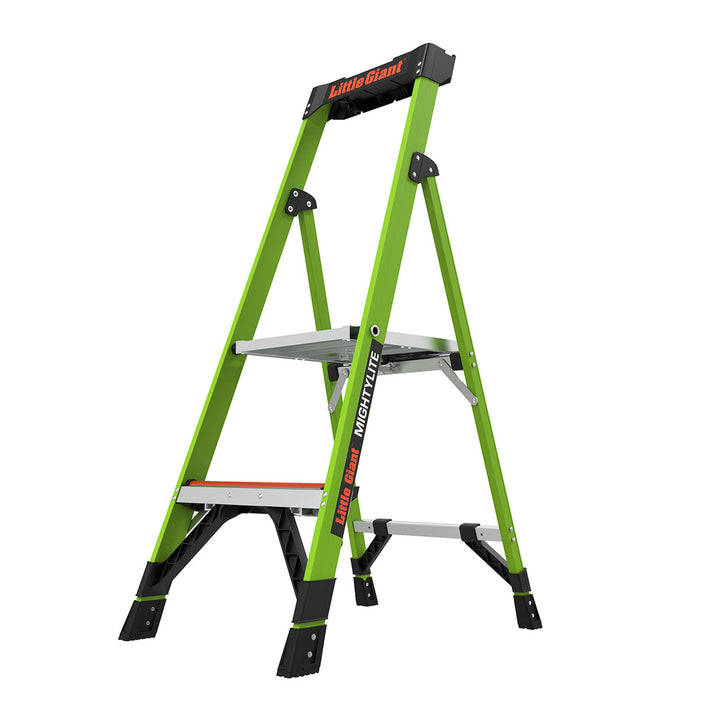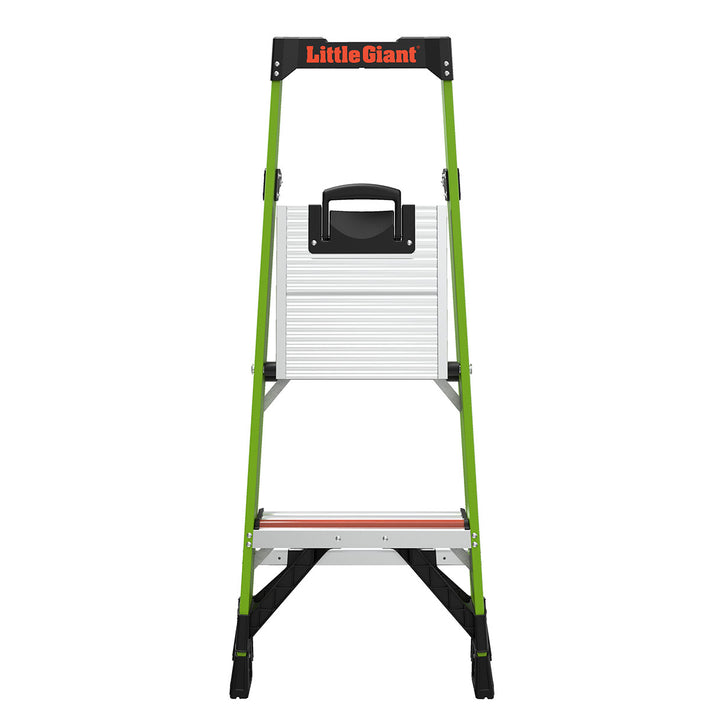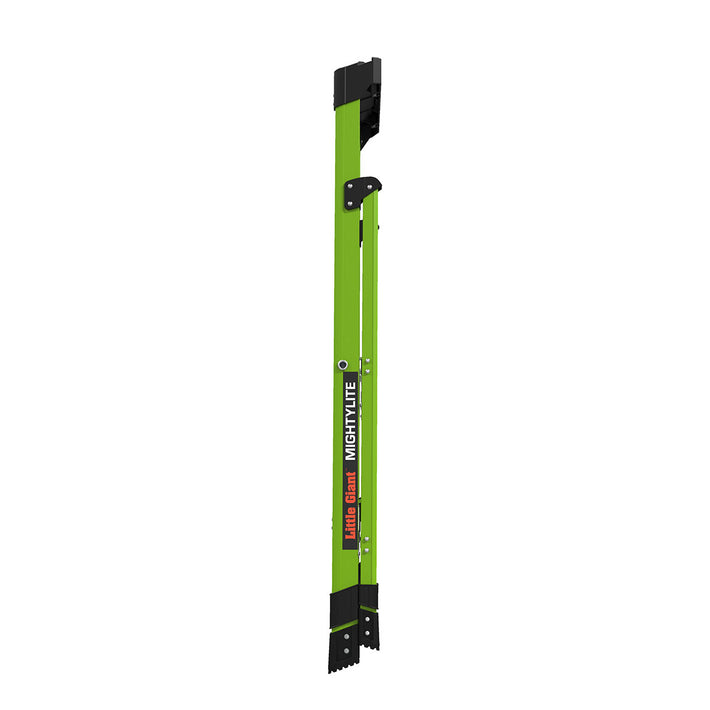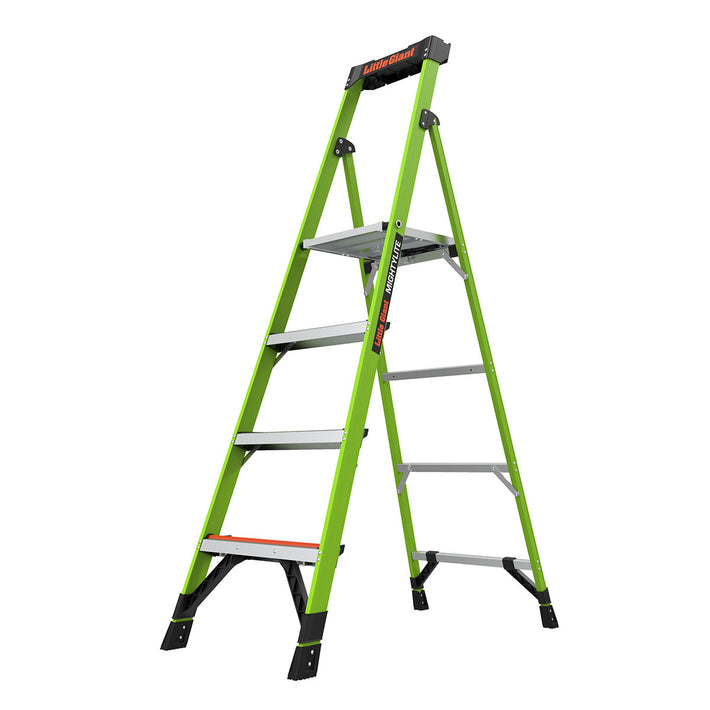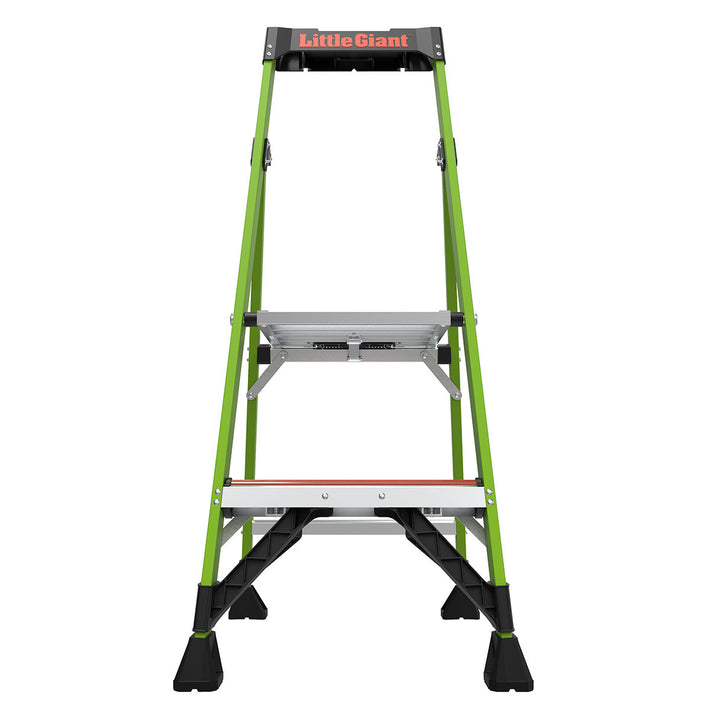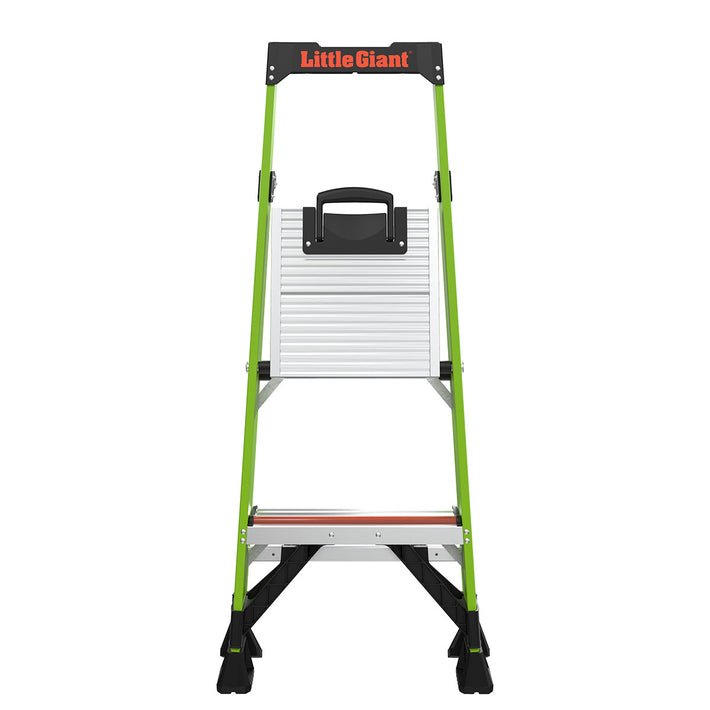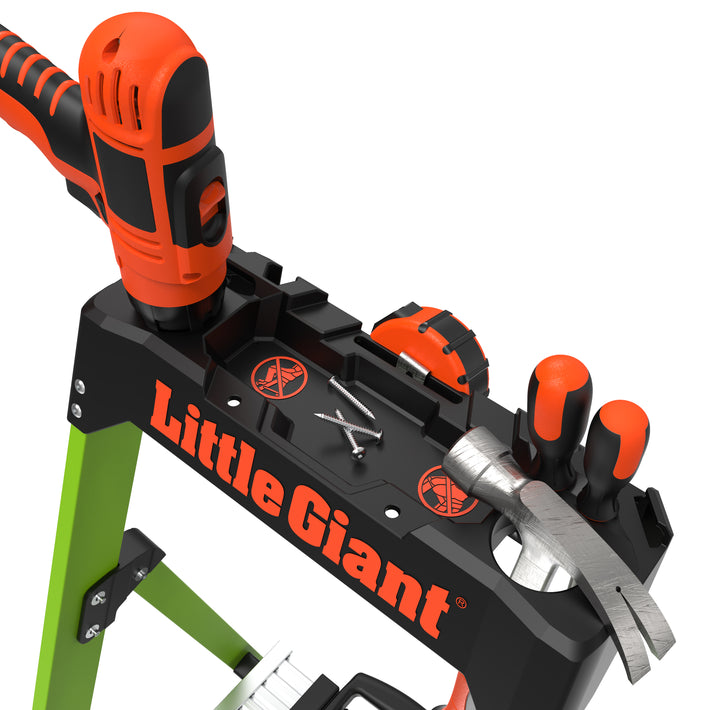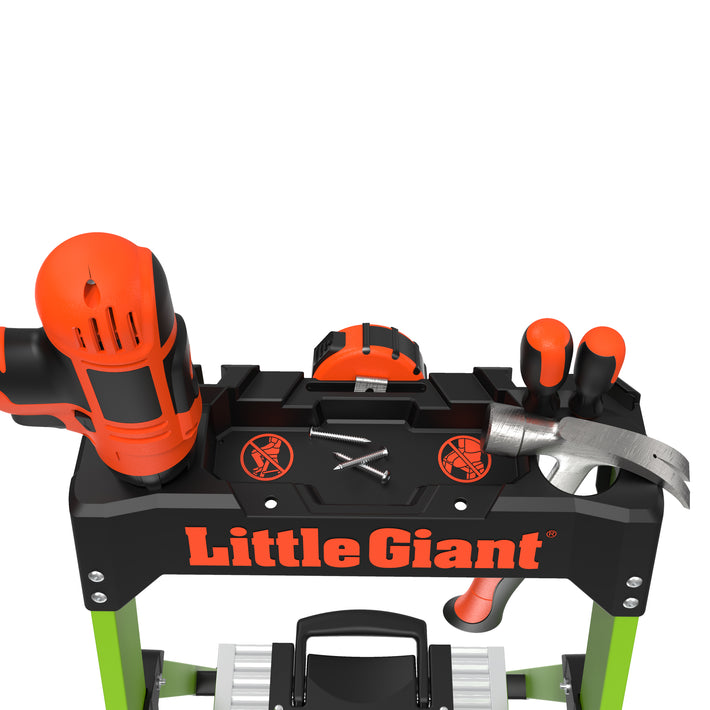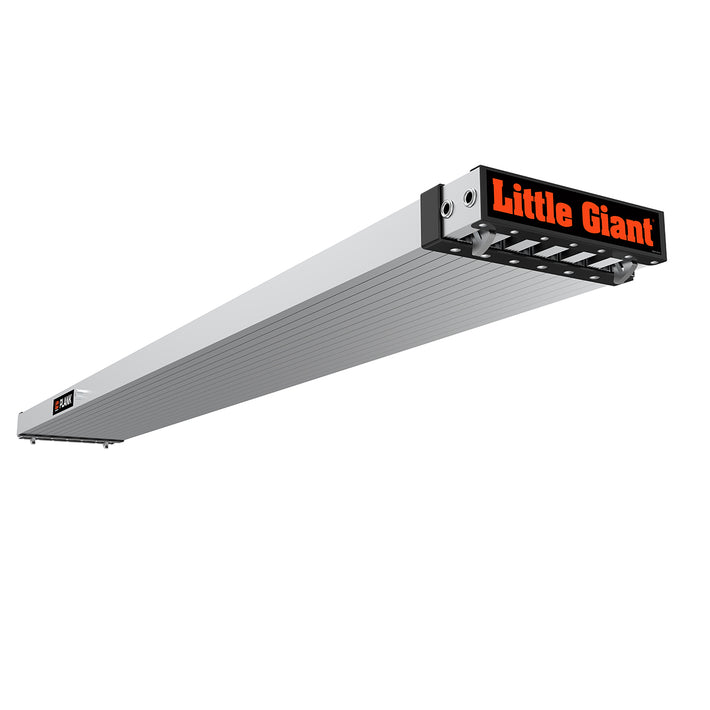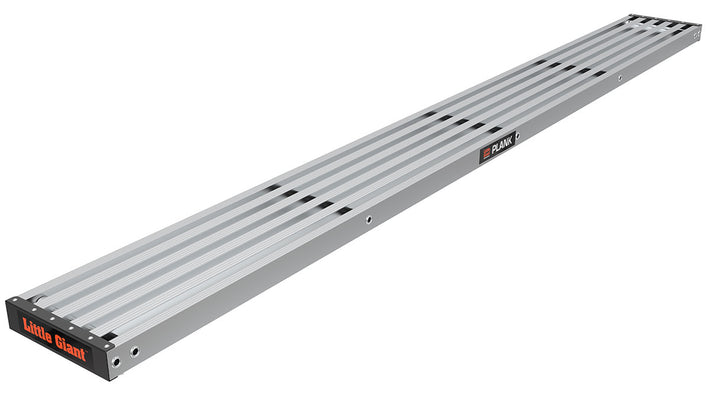Working With Ladders: Construction Site Safety
Today, Little Giant Ladder Systems is sharing a guest post from John M. O’Brien & Associates, a group that tries to raise awareness about the safety issues of working with ladders on construction sites. We appreciate their willingness to share their insights about how to work safely with ladders on a construction site.
Ladders are often the first tool workers choose when performing tasks at elevation. Although taken for granted because they’re so easy to use, ladder-related accidents are the cause of a significant number of workplace accidents. Selecting the wrong type of ladder for the job, setting up the ladder improperly, or not working safely on the ladder are responsible for 20 percent of the fall injuries occurring each year in the U.S.[1] In order to avoid ladder accidents, employers are required to train their employees on how to use ladders, ladder hazards and ladder capacities.
Ladder-related accidents
From cuts, scrapes and bruises to serious injuries, such as broken bones and brain damage, to death, ladder accidents present a significant risk to the user. Ladder use should be approached with caution, ensuring all key practices are followed. It is when recommended safety measures are ignored, that injuries occur. Ladder accidents often result in serious and needless harm for the worker and in the employers being held financially responsible for any accidents caused by their disregard for safety. These verdicts and settlements obtained by John M. O’Brien & Associates illustrate some of the most common ladder accident scenarios:
Improperly set up ladder: We had a case with a fire alarm technician inspecting the fire alarms at a construction site. The technician was injured after falling from an extension ladder, provided by the construction site supervisor. As a result of falling from the ladder, the technician broke both feet, suffered other orthopedic injuries and a compression fracture in his spine. Mr. O’Brien argued in court that the supervisor who set up the ladder for the fire alarm technician had done it incorrectly and he had not inspected or maintained the ladder, violating OSHA regulations. The jury returned a verdict in favor of the injured worker. The construction site had to pay him for damages, lost wages, past medical costs, and future medical costs. This case gives us a few reminders. Many accidents occur as a result of ladders being put on slick or loose surfaces that can contribute to ladder movement. A ladder set up with hazardous surroundings is also a common cause of accidents. Always inspect your ladder before you use it and before you let others use it. Also, train your team and any other visitors who will be using a ladder on how to use it safely.
Selecting the wrong type of ladder for the job: Our client was a worker helping on some repairs when he fell from the ladder to the sidewalk. The ladder had been selected by his co-workers, was too short for the specific task and had not been secured. The worker fell while coming down the ladder, suffered major injuries and had to go to the hospital. He is now unable to work and still suffers from the accident. The court awarded our client $1.1 million dollars, compensation covering medical expenses, lost wages, and pain and suffering. The safety issues from this case are pretty obvious. Select a ladder that has an adequate height and weight capacity for the specific task and make sure it is secured.
Using a damaged or worn ladder: We had another case for a worker injured in a ladder accident. Our client was at a job site, about to climb a ladder, when he realized it was in bad shape. He told the supervisor who sent him home. When he returned to the job site, he climbed a ladder that appeared safe. However, the spreader bar was cracked and gave way, causing him to fall eight feet to a concrete floor, fracturing his leg, and requiring corrective surgery. This case is a good reminder of the importance of providing safe equipment and taking off the site ladders that are in bad shape. Loose or missing rungs, split stiles, and spoiled or absent feet are common reasons for damaged ladders causing accidents. In the case we presented, there was an issue with the spreader bar that could have been caught with an inspection. Workplace safety measures and training for the selection, safe use and care of the most frequently used ladders are meant to protect people working with ladders on construction sites.
John M. O’Brien & Associates strongly advises employers to ensure they are putting safety first and protecting their employees against safety hazards while on the job. Endnotes: [1] https://www.cdc.gov/mmwr/preview/mmwrhtml/mm6316a2.htm


